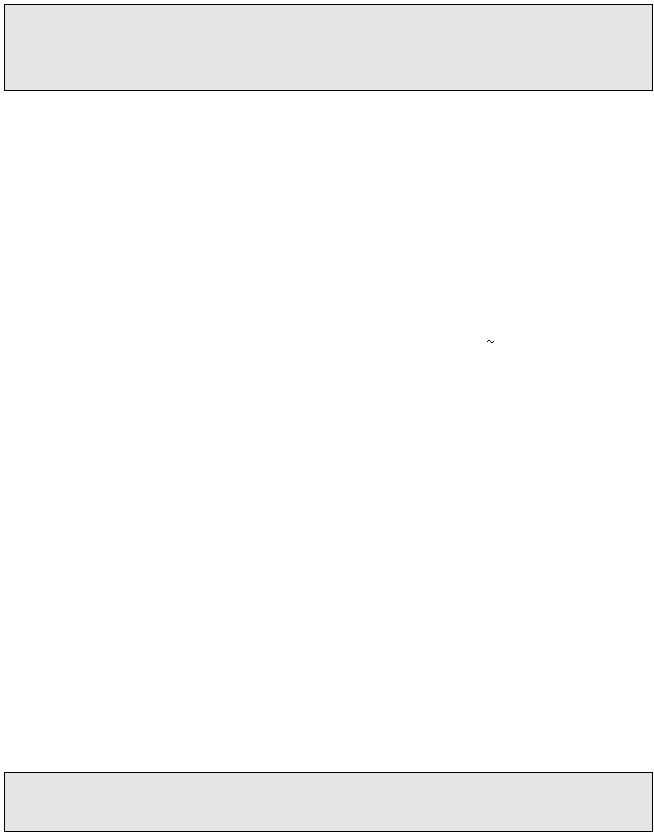
H-5
EXPERIMENTAL PROCEDURE:
You will be required to plot your data from this pH titration on graph paper as you perform the
titration; therefore, come prepared to plot this graph during the laboratory session. Record
your data on the Observations Sheet and simultaneously plot the graph.
Part I. Titration of an Unknown acid
Note:
Dispose all of the titrated unknown acid solutions in the designated waste container.
Do not wash down the sink.
The standardized NaOH solution is available in squeeze bottles located on the front bench
in the laboratory. The NaOH is to be dispensed from these bottles. Record the concentration of
the standard NaOH solution on your Observations Sheet.
NOTE:
Obtain an unknown sample and follow any instructions written on the bottle. Using
the correct weighing technique, accurately measure a mass of
0.6 g (unless otherwise
noted on the bottle) of your solid unknown acid on the analytical balance and place it
in a 250 mL beaker. Add 100 mL of deionized water to the beaker to dissolve the acid.
If it does not dissolve readily, see your instructor.
NOTE: If you heated the weak acid solution, cool the solution to room temperature before
beginning the pH titration.
Standardize your pH meter with buffers of pH 4.00 and 7.00 using the 2-point standardization
procedure (see pages 24 - 25)
Using the correct procedure, rinse, then fill a clean buret with the standardized NaOH solution.
For this part only, adjust the initial buret reading to 0.00 mL using a Pasteur pipet. If this is
done, then the total volume of NaOH added will simply equal the buret reading. (Otherwise,
you would have to subtract the initial buret reading from all of the other readings to get the total
volume of NaOH added).
Remember to plot each data point on your graph as you proceed so that you can monitor
the progression of the pH titration.
